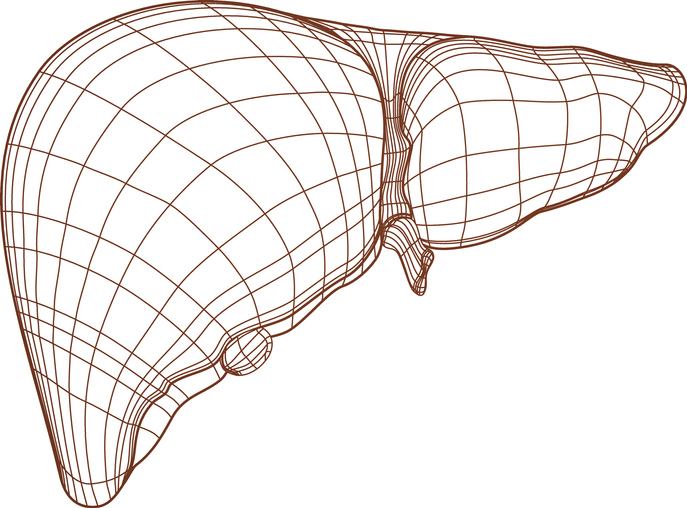Pain
Progression and Potential Complications of Viral Hepatitis

What is viral hepatitis?
Hepatitis is an inflammatory condition of the liver. Viral hepatitis occurs when hepatitis is caused by a virus. It can be spread through contact with bodily fluids of an infected person or through consumption of contaminated food or water. The most common types of viral hepatitis include hepatitis A, B, C, D, and E.
Progression
The progression of viral hepatitis varies depending on the type of hepatitis and whether it is acute or chronic. Acute hepatitis typically lasts less than six months. Hepatitis A and E are two types of acute viral hepatitis that generally resolve without any specific treatment.
When a hepatitis infection lasts longer than six months, it is considered chronic. Hepatitis B, C, and D are the most likely types of viral hepatitis to become chronic.
The progression of chronic hepatitis C is divided into five stages based on the severity of fibrosis (buildup of scar tissue) in the liver. The five stages are as follows:
- Stage 0 — No fibrosis
- Stage 1 — Mild fibrosis
- Stage 2 — Moderate fibrosis with walls of scarring
- Stage 3 — Fibrosis that has spread to different parts of the liver
- Stage 4 — Severe scarring (cirrhosis)
Without treatment, hepatitis C can progress from the acute stage to the chronic stage to the end stage, in which the condition cannot be reversed. If the liver stops functioning, the only treatment option is a liver transplant.
Potential complications of viral hepatitis
Potential complications of viral hepatitis include the following:
- Cirrhosis (severe scarring of the liver), which affects the liver’s ability to function normally
- Liver cancer
- Liver failure
- Kidney disease
Early and adequate treatment helps prevent progression and serious complications of viral hepatitis.



















